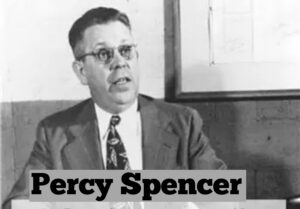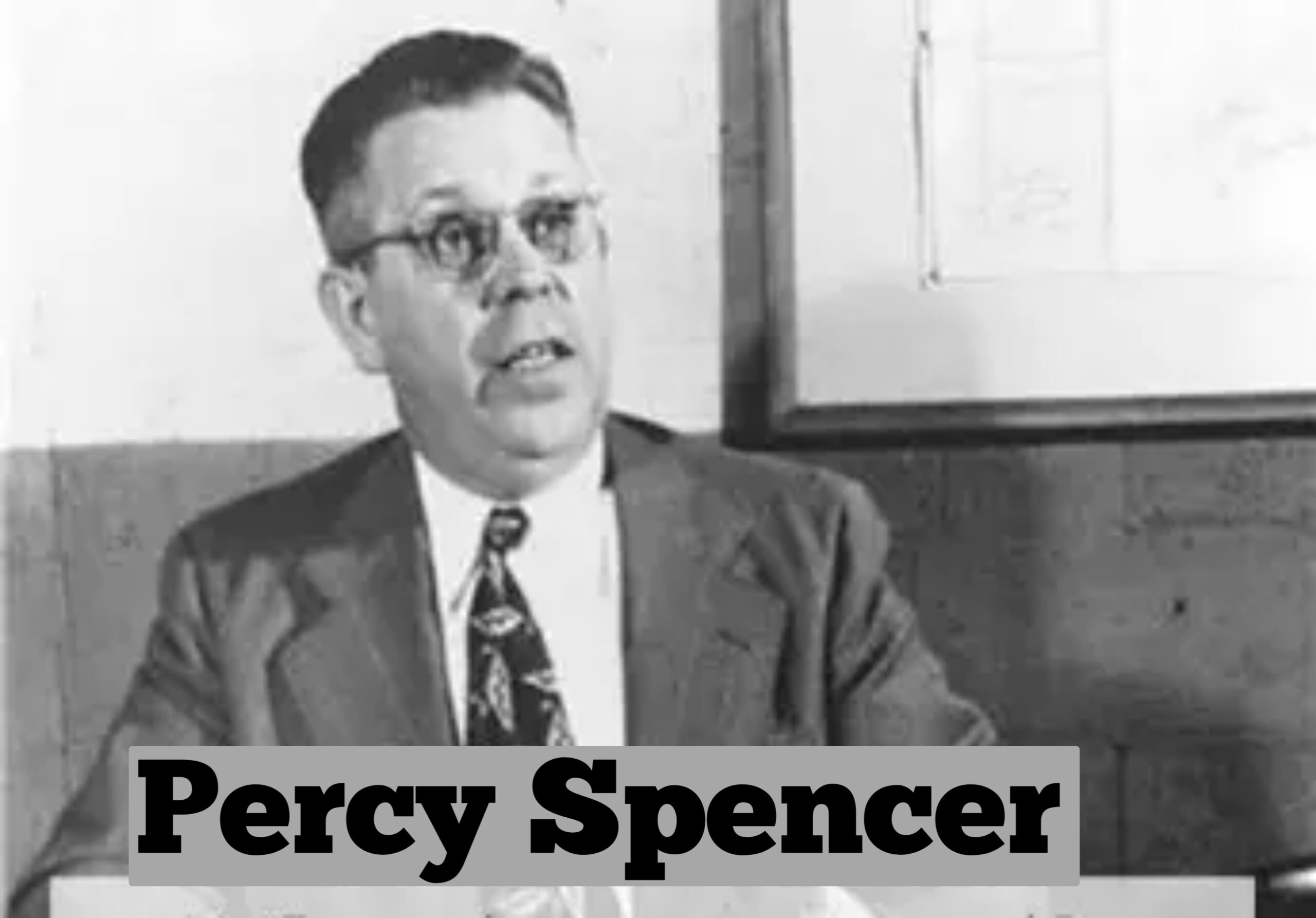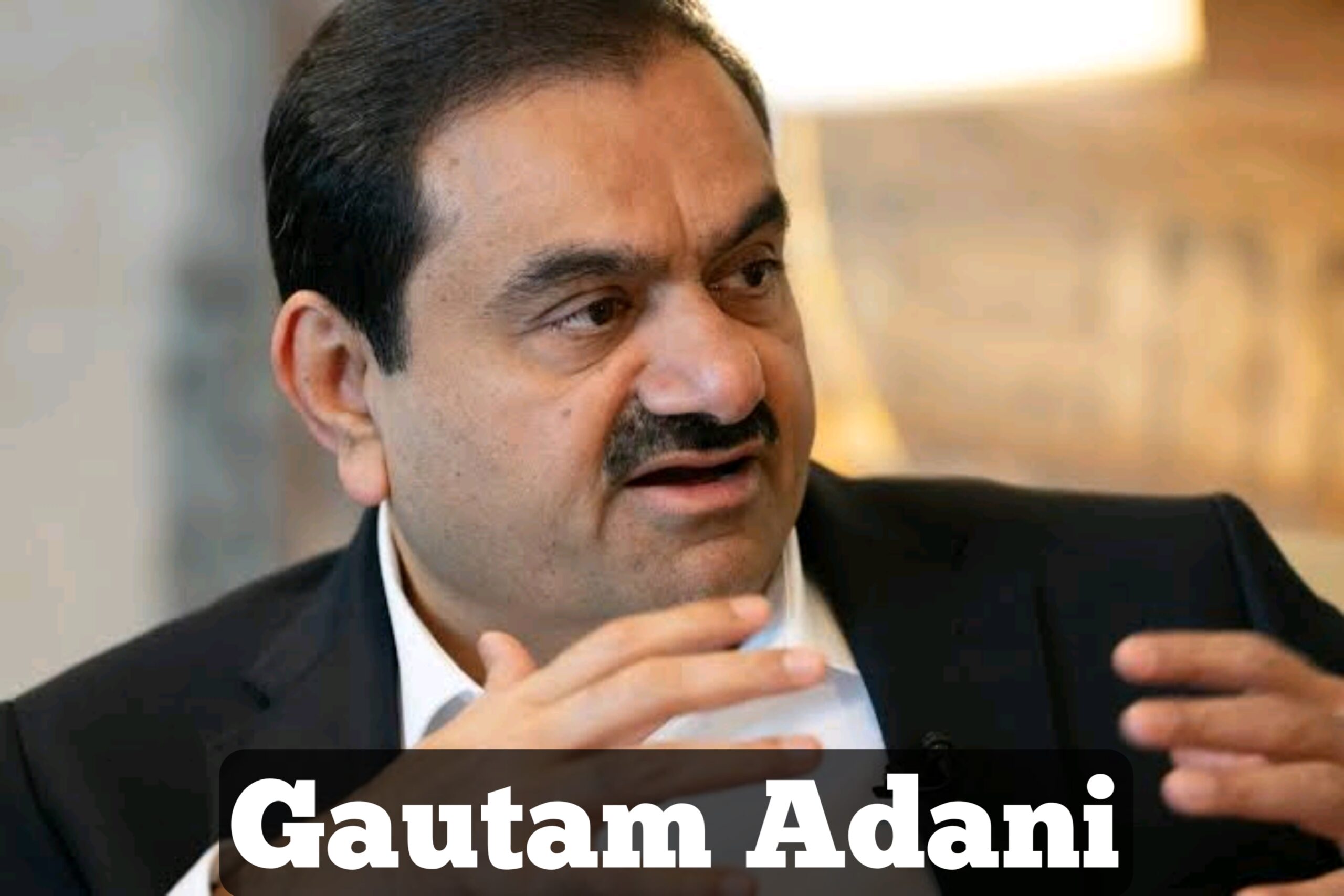Percy LeBaron Spencer was born on July 19, 1894, in Howland, Maine. His early life was challenging; his father passed away when he was just 18 months old, and his mother left him in the care of his aunt and uncle. By the age of seven, Spencer had lost his uncle as well, forcing him to leave school to support himself and his aunt.
Despite his limited formal education, Spencer was naturally curious and industrious. At the age of 12, he began working at a spool mill from sunrise to sunset. His interest in electricity was piqued when he learned that a local paper mill was going to be electrified. Determined to be part of this technological advancement, he taught himself about electricity and was one of three people hired to install the new electrical system at the mill.
At 18, Spencer joined the U.S. Navy, where he became fascinated with wireless communications after hearing about the wireless operators on the Titanic. During his time in the Navy, he taught himself a wide range of subjects, including trigonometry, calculus, chemistry, physics, and metallurgy, by studying textbooks while on watch at night.
After World War I, Spencer joined the American Appliance Company, which later became Raytheon. By 1939, he had become one of the world’s leading experts in radar tube design. During World War II, Spencer played a crucial role in the development and mass production of the cavity magnetron, a key component in radar technology. His innovations increased the production of magnetrons from 100 to 2,600 per day, significantly aiding the Allied war effort.
Spencer’s most famous invention, the microwave oven, came about by accident. While working with an active radar set, he noticed that a candy bar in his pocket had melted. Intrigued, he began experimenting with other foods, including popcorn and eggs, and discovered that microwaves could cook food quickly and efficiently. In 1945, he filed a patent for the first microwave oven, initially called the RadarRange.
For his contributions to radar technology during the war, Spencer received the Distinguished Public Service Award from the U.S. Navy, its highest civilian honor. His work not only revolutionized military technology but also transformed everyday life with the invention of the microwave oven.
Spencer continued to work at Raytheon until his retirement. He passed away on September 8, 1970, in Newton, Massachusetts. His legacy lives on in the countless kitchens around the world where microwave ovens have become an indispensable appliance.
Spencer’s life story is a testament to the power of curiosity, self-education, and perseverance. Despite his humble beginnings and lack of formal education, he became a pioneering inventor whose work had a profound impact on both military technology and domestic life.
Percy Spencer Inventions
Percy Spencer was an inventive genius with over 300 patents to his name. His most famous invention is undoubtedly the microwave oven, but his contributions to radar technology during World War II were also significant. Spencer developed a more efficient method for manufacturing magnetrons, which are essential components in radar systems. This innovation greatly increased the production rate of magnetrons, enhancing the effectiveness of Allied radar capabilities.percy Microwave Story
The invention of the microwave oven is a classic example of serendipity in science. In 1945, while working at Raytheon, Spencer was testing a magnetron, a device that generates microwaves. He noticed that a candy bar in his pocket had melted. Intrigued by this phenomenon, he began experimenting with other foods. He placed popcorn kernels near the magnetron, and they popped. Next, he tried an egg, which exploded in his colleague’s face.
Realizing the potential of microwaves for cooking, Spencer and his team at Raytheon developed the first microwave oven, initially called the Radarange. The first commercial microwave oven was introduced in 1947. It was large, expensive, and primarily used in commercial settings. Over time, the technology was refined, leading to the compact and affordable microwave ovens we use today.
Percy Spencer Microwave story
In 1945, Percy Spencer, was working with magnetrons, which are devices that generate microwaves for radar systems. One day, he noticed that a candy bar in his pocket had melted while he was near an active magnetron. This unexpected event sparked his curiosity, leading him to conduct further experiments. He placed popcorn kernels near the magnetron, and they popped. He then tried an egg, which exploded. These experiments demonstrated that microwaves could cook food.
Spencer’s discovery led to the invention of the first microwave oven, initially called the “Radarange.” Raytheon filed a patent for this new cooking technology in 1945. This invention revolutionized cooking, making it faster and more convenient.
Percy Spencer Cause of Death
Percy Spencer passed away on September 8, 1970, in Newton, Massachusetts. He died of natural causes at the age of 76. Despite his extensive work with microwaves, there is no evidence to suggest that his death was related to his inventions or his exposure to microwave radiation.







